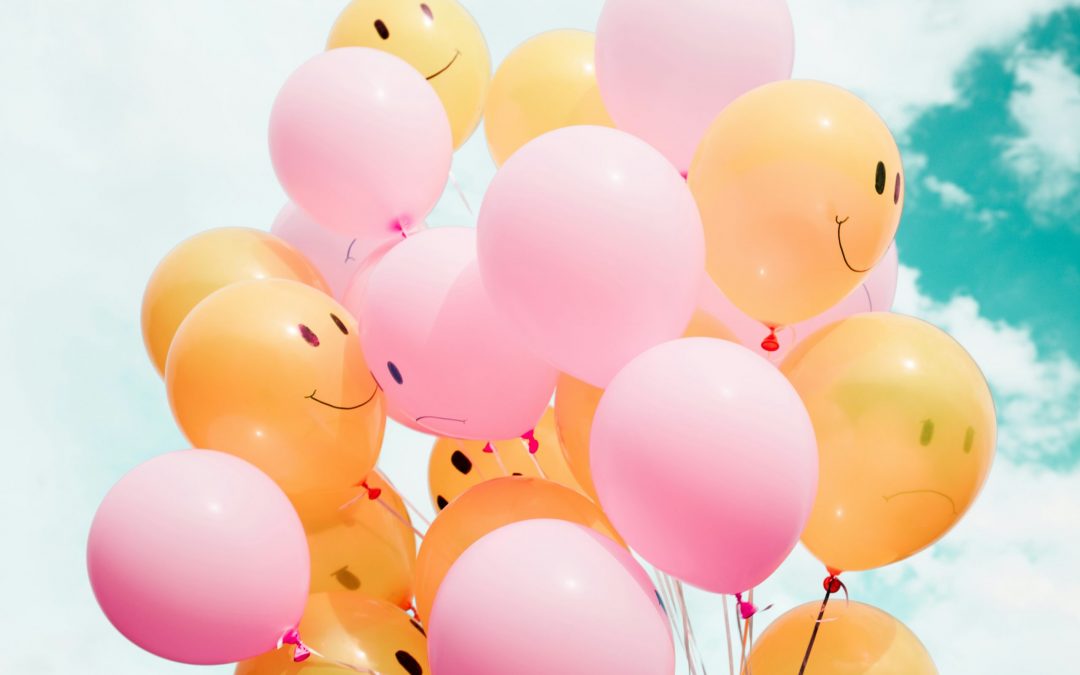This March 20th, we celebrate the International Day of Happiness. It is a concept deeply rooted in the human experience, and throughout history, its meaning has evolved and intertwined with various aspects of life, yet it has always been the great desire of every human being.
The word “happiness” has its roots in Latin, deriving from “felicitas,” which originally meant “good luck” or “success.” In ancient Rome, happiness was associated with material prosperity and fortune. Over time, the concept expanded to include more emotional and spiritual aspects. Happiness shifted from being merely a matter of material well-being to becoming an internal state of satisfaction and fulfillment.
Happiness has been defined in many ways. From a psychological perspective, it can be seen as a state of pursuit or as the fulfillment of desires. The desires that make us happy vary from person to person. Some value relationships and financial security, while others find happiness in experiences, personal achievements, or belonging to a group.
If we compare our current understanding of happiness with that of our grandparents or medieval ancestors, we would notice a significant difference. Throughout history, happiness has taken on different meanings and priorities. 400,000 years ago, our ancestors were already seeking happiness as an evolutionary mechanism. However, the indeterminate nature of the concept persists: we all wish to be happy, but we cannot define it in a definitive and firm way.
Today, happiness is a universal aspiration, a beacon guiding humanity in its quest for well-being and fulfillment. Since 2013, the United Nations has commemorated the International Day of Happiness to recognize the importance of this emotional state in the lives of people worldwide, tying it to three fundamental aspects:
Eradicating Poverty
Poverty is a fundamental obstacle to happiness. The UN’s Sustainable Development Goals (SDGs) focus on ending extreme poverty in all its forms. This involves not only providing basic resources like food, housing, and healthcare but also addressing the structural inequalities that perpetuate poverty.
Reducing Global Inequality
Inequality undermines happiness and social cohesion. The SDGs aim to minimize disparities among different population groups. This includes gender equality, equitable distribution of income and opportunities, and access to basic services for all.
Caring for and Protecting the Planet
Individual happiness is intrinsically linked to the health of our planet. The SDGs promote environmental sustainability, ecosystem conservation, and climate change mitigation. By protecting our natural environment, we ensure a happier future for generations to come.
In summary, happiness is not an isolated destination; it is a shared journey. By working together to achieve the Sustainable Development Goals, we create a more just, healthy, and happy world for everyone. Let’s not leave anyone behind in this common pursuit of happiness.
Let’s celebrate the International Day of Happiness with solidarity and hope!
From Black Friday to Green Friday
The Black Friday Frenzy: When Consumption Silences Common Sense Every year, the same scene returns: black posters, aggressive discounts, endless lines and a frenzy seemingly designed to prevent...
Another COP for nothing
COP30 in Belém was supposed to feel different. Bringing the world together in the heart of the Amazon was almost nature’s desperate plea: “look at me, I’m at the limit.” Yet even then, the outcome...
The gift of starting over: when collaboration becomes opportunity
Every time we approach the final stretch of the year, the streets fill with lights, accounts are closed, and companies prepare to review and analyse their results. But each year, this is also the...




